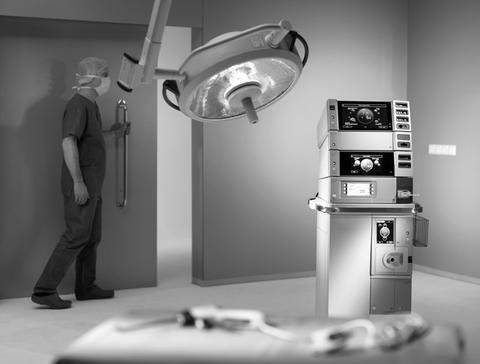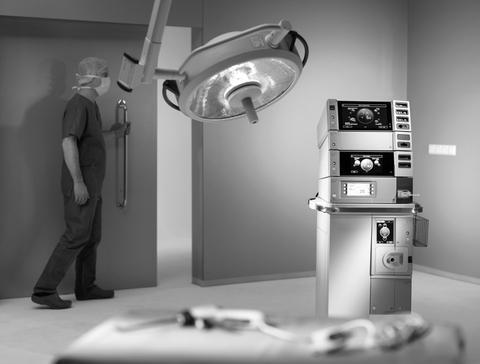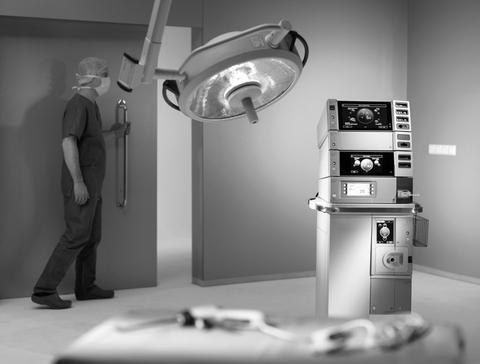
Fluid Flow Around Tiny Needles: Unraveling the Mystery of Nanofluids
When it comes to designing medical devices, cooling systems, or other technologies that involve fluid flow, understanding the behavior of fluids around tiny needles is crucial. Researchers have been studying the fluid dynamics of nanofluids, which are fluids containing nanoparticles, as they flow around thin needles. In a recent study, scientists explored two specific scenarios: a still needle in moving fluid and a moving needle in still fluid. By shedding light on these flows, researchers can develop more efficient and effective technologies.
The Study
The study, published in the Journal of Fluid Mechanics, focused on the behavior of nanofluids with nanoparticles flowing around thin needles. The researchers used computer simulations to model the flow of fluids with different nanoparticle concentrations and sizes. They compared two scenarios: a still needle in moving fluid (Blasius flow) and a moving needle in still fluid (Sakiadis flow).
In the Blasius flow scenario, the researchers found that the nanoparticles in the fluid affected the flow patterns around the needle. The nanoparticles increased the fluid’s viscosity, which slowed down the flow and created more turbulence. This, in turn, increased the drag force on the needle, making it more difficult for the fluid to flow around it.
In the Sakiadis flow scenario, the researchers discovered that the moving needle altered the flow patterns around it. The needle’s movement created vortices, which are rotating air masses, near its surface. These vortices affected the flow of fluid around the needle, causing it to curve and change direction.
Why is this research important?
Understanding the behavior of fluids around tiny needles is vital for designing technologies like medical devices and cooling systems. For example, in medical devices, the flow of fluids around needles can affect the accuracy and efficiency of the device. In cooling systems, the flow of fluids around needles or other obstacles can impact the system’s ability to dissipate heat.
The research on nanofluids and thin needles can help engineers design more efficient and effective cooling systems. By understanding how nanoparticles affect the flow of fluids around needles, engineers can develop new materials and systems that can better dissipate heat.
Applications in Medical Devices
The study’s findings have significant implications for medical devices, particularly those that involve needle insertion or movement. For example, in medical imaging procedures like biopsies or blood draws, the flow of fluids around the needle can affect the accuracy of the procedure.
The research can also inform the design of medical devices that involve fluid flow, such as insulin pumps or implantable devices. By understanding how fluids flow around tiny needles, engineers can develop more efficient and effective devices that minimize the risk of complications.
Cooling Systems
The study’s findings can also inform the design of cooling systems, particularly those that involve the flow of fluids around obstacles or needles. For example, in electronic devices, the flow of fluids around heat sinks or fans can affect the device’s ability to dissipate heat.
The research can help engineers develop more efficient cooling systems that can better manage heat generation. By understanding how nanoparticles affect the flow of fluids around needles, engineers can develop new materials and systems that can better dissipate heat.
Conclusion
In conclusion, the study on fluid flow around tiny needles and nanofluids has significant implications for designing technologies like medical devices and cooling systems. By understanding the behavior of fluids around thin needles, researchers can develop more efficient and effective technologies that can improve the accuracy and efficiency of medical devices and cooling systems.
The study’s findings highlight the importance of considering the effects of nanoparticles on fluid flow when designing technologies. By understanding how nanoparticles affect the flow of fluids around needles, engineers can develop new materials and systems that can better dissipate heat and improve the performance of medical devices.
Source:
https://researchmatters.in/news/micro-cooling-medicine-how-nanofluids-behave-near-thin-needles





